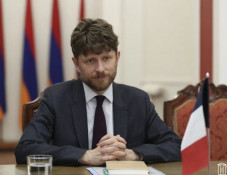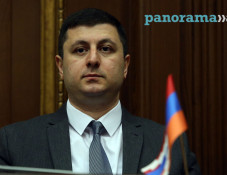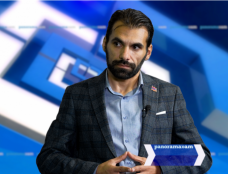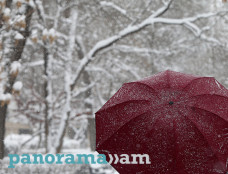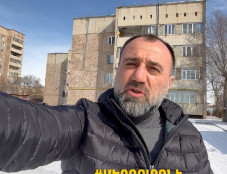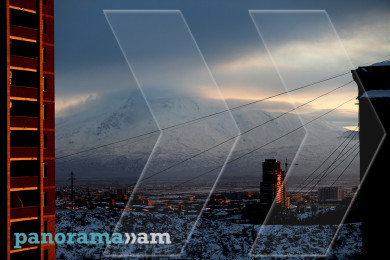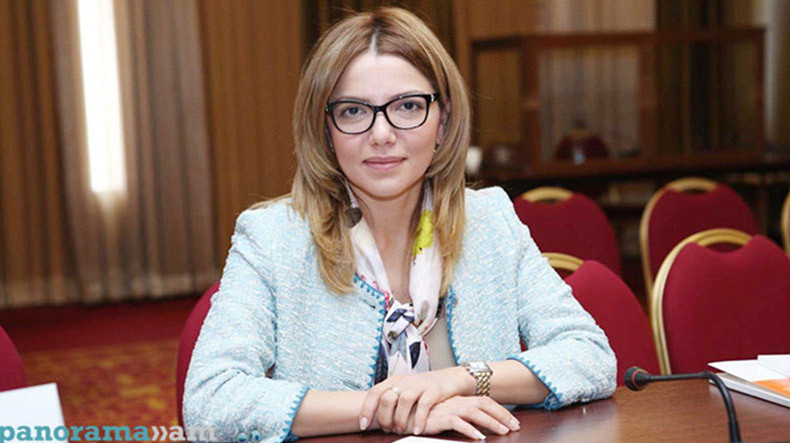
Opinion: Azerbaijani 'imaginary community' of Nagorno-Karabakh
In the 1980s, British scholar Benedict Anderson put forward a rather contradictory notion of an "imagined community" to study nationalism, which he had great difficulty in justifying and making acceptable. Today, the existence of the "Azerbaijani community of Nagorno-Karabakh" could serve as a good rationale for how a group of people could, through imagination and "political engineering”, create a community and try to ascribe identity and certain interests to it.
All of the refugees affected by the conflict caused by Azerbaijan's irresponsible and aggressive policies, including Armenians who survived the Sumgait, Baku and Kirovabad pogroms, have individual rights. But Baku is also trying to give Azerbaijani refugees in Nagorno-Karabakh a collective right, with the hidden intent that they too have a right to play a role in determining the status of Artsakh. This is an attempt to undermine the free and unrestricted exercise of the Artsakh people’s right to self-determination, a law enshrined not only by international norms but also by historical and moral arguments and a victory in the imposed war.
The creation of this imaginary Azerbaijani community of Nagorno-Karabakh serves to Azerbaijan’s revanchism to reclaim the territory of Nagorno-Karabakh in every way possible. Otherwise it could have been a non-governmental organization for the protection of refugees' rights, but not a community.
The other point that Azerbaijani propagandists are pushing forward in this context is that there is no people of Nagorno-Karabakh but rather two communities – Armenian and Azerbaijani. This is a simple semantic trick intended to once again impede the political subjectivity of the Artsakh people. In this context, Azerbaijan claims that only people can politically self-organize and form a country, whereas a community can only be part of a larger unit, with the possibility of autonomy in the best scenario. Following the same logic one can argue that there is no Azerbaijani people, but Armenian and Azerbaijani communities in Baku or Sumgait, Talysh and Lezghian communities and so on. Moreover, since not all communities have participated in the process of creation of the Azerbaijani state, the existence of that state cannot be considered as fully legitimate.
Anyways, for many years Azerbaijan has "imagined" and "invented" this community, tried to equate it with the Artsakh Republic and include it in the negotiation process. It is their strategy, and it is no wonder that they will continue to push ahead with it.
It’s strange that Armenia has begun to believe in the existence of this “imagined community”, with collective fear observed especially in recent days. The Azerbaijani propaganda takes advantage of all this, stating that Armenians too will have to admit that the Armenians and Azerbaijanis of Nagorno Karabakh are equal and the Azerbaijani community is also a party to the conflict.
There is no such thing and or cannot ever exist. No matter how many times the co-chairs visit Azerbaijani refugees, that won't change anything. We shouldn’t fall for the Azerbaijani imagination to distort the essence of the conflict and the causes of its origin. Strategic discussions over the negotiation format should not call into question the fundamental goals of the Armenian side, the least of which is to have a free and secure Artsakh.
As for the Azerbaijani community of Nagorno-Karabakh, it should be clearly stated that there is no group of people with such a collective identity. It’s fiction. There are refugees, not internally displaced persons, as Artsakh and Azerbaijan have long been divided, not by the administrative border line, but by the line of contact the recognition of which as a state border must be a matter of time.
Refugee issues are part of the negotiation process and issues of their individual rights can be handled properly only after the causes of conflict are resolved.
Newsfeed
Videos





